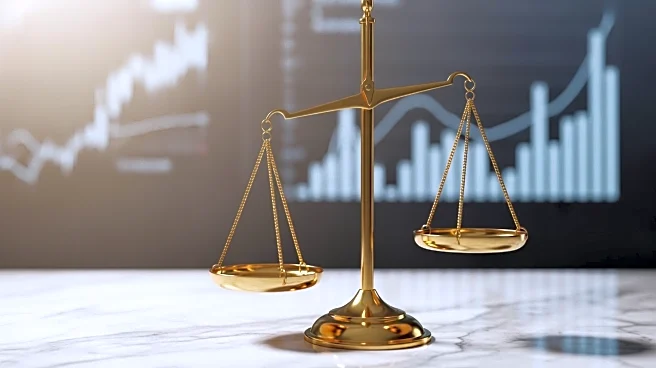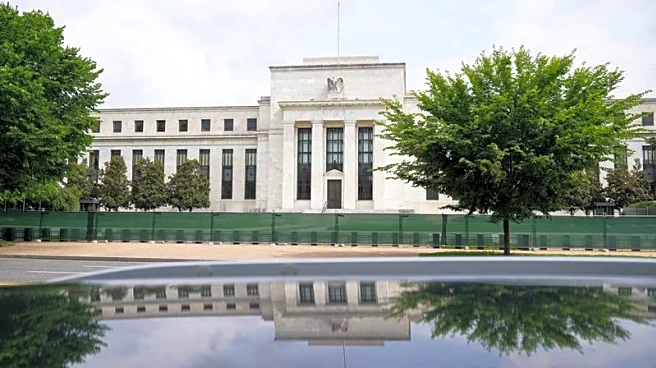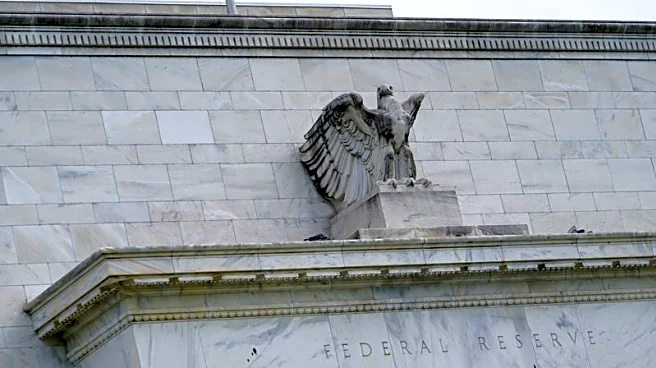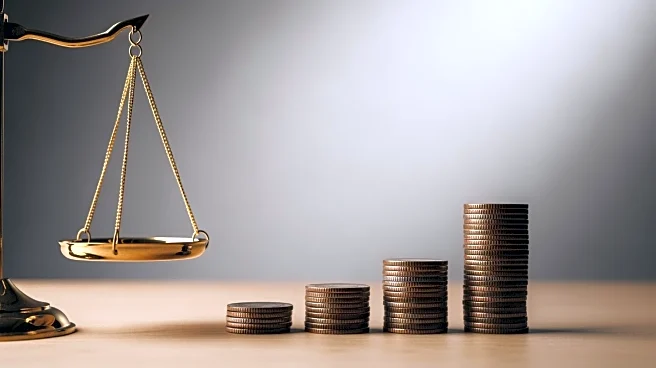What's Happening?
A significant number of American subprime borrowers are falling behind on their car payments, signaling potential economic distress. According to Fitch Ratings, the percentage of subprime borrowers—those with credit scores below 670—who are at least 60
days late on their car loans has doubled since 2021, reaching 6.43%. This rate is higher than during the past three recessions, including the Covid pandemic, the Great Recession, and the dot-com bust. The current subprime delinquency rate is the second-highest since the early 1990s, with only January of this year being higher. The situation is exacerbated by record car prices, high interest rates, and inflationary pressures, which have driven average auto payments to unprecedented levels. Additionally, car repossessions are occurring at the highest rate since the Great Recession of 2008-2009.
Why It's Important?
The rising delinquency rates among subprime borrowers highlight underlying economic vulnerabilities despite overall strong economic growth and stock market performance. This trend underscores the disparities in the so-called K-shaped economy, where individuals with higher credit scores and financial stability continue to thrive, while lower-income consumers face increasing financial challenges. The inability of subprime borrowers to keep up with car payments could lead to broader economic repercussions, as cars are essential for employment and daily life. The situation is further complicated by increased repair and insurance costs, which add to the financial burden on these borrowers. The growing default rates and repossessions could signal deeper economic issues if the labor market weakens and layoffs increase.
What's Next?
Economists are concerned about the potential for further economic strain if the labor market deteriorates, leading to more layoffs and financial instability. Subprime lenders anticipate a rise in defaults and repossessions, with some employing GPS technology to facilitate vehicle recovery. The repo industry is experiencing heightened activity, reminiscent of the Great Recession levels. Policymakers and financial institutions may need to address these challenges to prevent further economic fallout and support vulnerable consumers.
Beyond the Headlines
The current situation raises ethical and legal questions about the practices of subprime lenders, particularly the use of technology to track and disable vehicles. This approach, while effective for lenders, may exacerbate the financial and emotional stress on borrowers. Additionally, the disparity between prime and subprime borrowers highlights systemic issues in the credit and lending systems that may require reform to ensure equitable access to financial resources.














